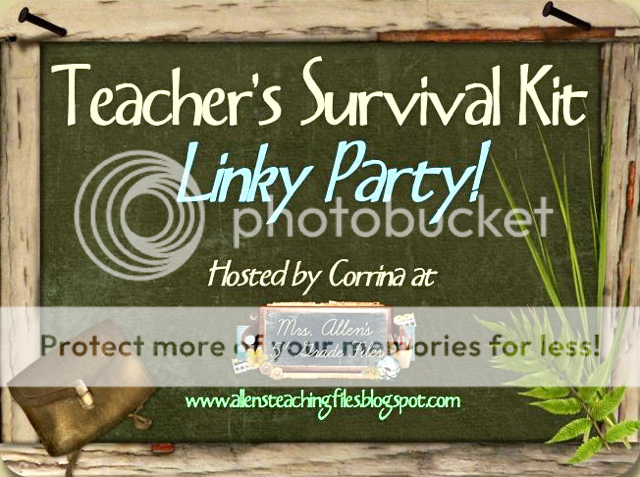Now, for some reason the IPG (Instructional Planning Guide) in my district says to start 4th grade with arrays, factors, and multiples. A specialist explained the logic to me once, but I'm still not sure I fully understand. Place value seems like a more natural place to begin...but... I don't always get to make those decisions, so we are starting with arrays.
Did you notice that I said arrays, factors, and multiples and not multiplication/division concepts? Well, that's because THAT unit comes later. Makes perfect sense, right?
I know...it confuses me too.
So, as any good teacher would do. I tweak. I start by finding out what they already know about multiplication. Novel idea, huh?
We started our unit with a quick brainstorm of multiplication and I was very impressed with my results. Here is the list my students came up with:
- 12 x 12 = 144 - Those are called facts.
- Anything times 0 equals 0.
- Anything times 1 equals itself.
- 3x4=12 is just like 4x3=12. We call that a fact family.
- You can draw a picture of multiplication by using circles and sticks.
- It is repeated addition.
- You can draw it by putting 4 dots down one said, and three dots across and then fill it in. (She knew about an array, but didn't know what it was called.)
- It is like skip counting.
That is a pretty good list for the first weeks of 4th grade. We spent the next two days talking more and more about arrays. You know...building up our math vocabulary, learning the difference between rows and columns, and finding arrays all over the classroom.
Then, we made our Multiplication Posters to show off what we know. First, I showed them my example. Sorry, I forgot to take a picture, but it was really nice. I promise.
I wrote in my best handwriting, used different colored headings for each quadrant, organized my array by color (i.e. red row, blue row, etc.), and made my equal groups using all the same kind of stickers.
Then, I let them go. Not one turned out just like mine.
They also used as many different kinds of stickers as possible.
Please ignore the incorrect multiplication fact in the upper right corner. *shakes head*
All and all though, the posters turned out pretty great. It was a great review for kids on multiplication.
I would love to say that these were 100% my idea, but y'all know...I'm the Teaching Thief. I combined two terrific ideas I found through blogging and Pinterest.
First, I pinned this over the summer. (Mine looked a lot more like this. I'm a rule follower. My students are clearly more creative. *wink, wink*)
I used this same concept in the past, but only with drawings. I loved the addition of stickers and food. It made it is WAY more entertaining. Unfortunately, I don't know who to credit with this marvelous idea, so if it was you, please let me know.
I also found another great idea from Mr. B's Beach Brains. Um... edible arrays?! Yes, please.
And so...our edible multiplication posters were born. My kiddos had a blast putting together the posters and they make a really nice display in the classroom. Very colorful and fun!
What activities do you do to review multiplication concepts?










































